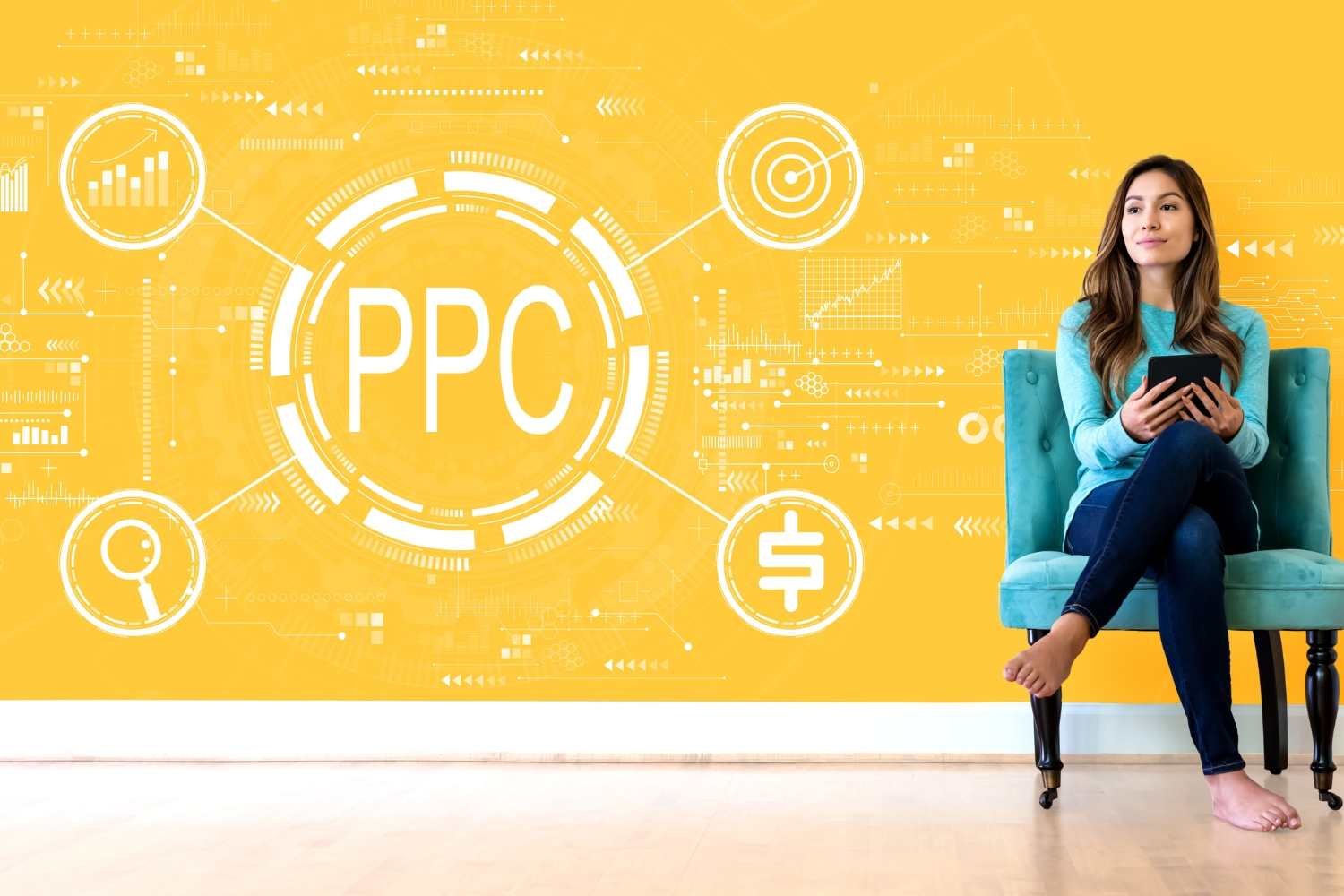
Pay Per Click vs SEO: Which Strategy Drives Better ROI for Your Business?
- minhaj_1109@hotmail.com
- February 21, 2025
- Digital Advertising
- 0 Comments
SEO stands for Search Engine Optimization, which is a digital marketing strategy. You can use SEO services to optimize your site by ranking better and getting visitors without paying each time they click on an ad. However, organic traffic takes time, and your site appears below paid ads in search results.
PPC, or Pay-Per-Click, is a digital advertising strategy in which advertisement providers pay search engines to display their websites at the top of the search results.
This includes social media ads and display advertising. Although PPC instantly increases visibility, you will pay for every click, making it relatively more expensive in the long term.
At ZNZDigitalWorks, we specialize in high-performance Pay-per-click (PPC) campaigns, helping businesses attract qualified leads, boost conversions, and maximize ROI with data-driven PPC strategies.
When comparing SEO vs PPC, the main factors are the position and price. PPC ads always lead the page, claiming the best visibility, but this visibility comes at a cost every time a user clicks.
In contrast, organic search results delivered via PPC and SEO marketing offer long-term value without a direct cost per click; however, they require consistent effort to maintain ranking.
The integration of PPC and SEO gives companies access to strategic benefits that combine the long-term advantages of SEO with the quick results that PPC provides.
While comparing Pay Per Click vs SEO, your objectives, financial resources, and timeframes determine whether PPC or SEO performance will be superior.
Combining SEO and PPC will help you discover optimal visibility while attracting top-quality traffic to establish your digital marketing impact.
Pay Per Click vs SEO: Understanding the Basics
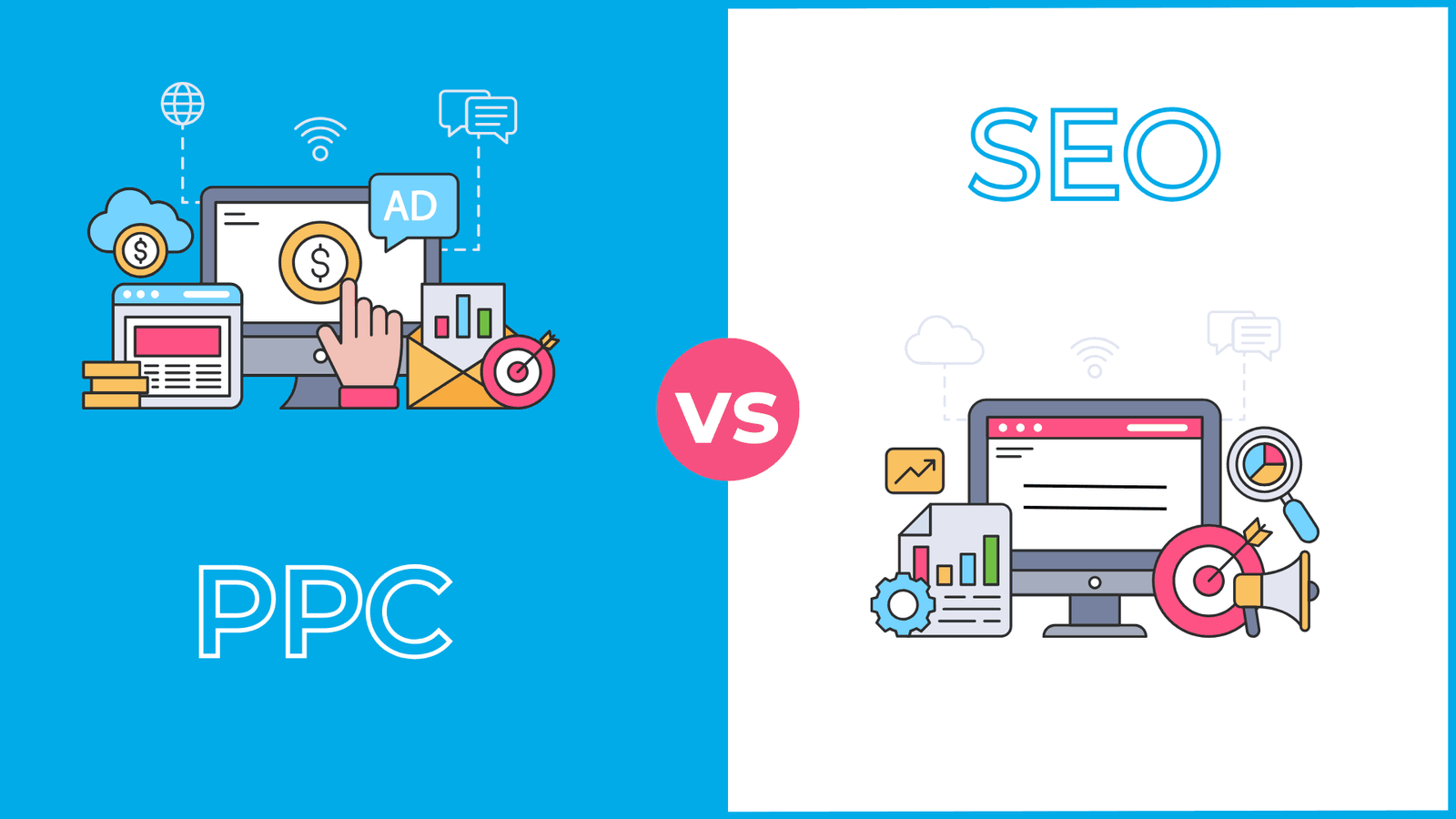
Cost and strategy are the two determinants of Search Engine Optimization vs Pay-Per-Click argument. SEO is a method of designing free, organic traffic over time, while PPC provides results almost instantly but at a cost.
The SEO PPC’s meaning lies in how each method attracts visitors. When considering the Pay Per Click vs SEO pros and cons, SEO builds credibility in the long run, while the former provides quick visibility.
SEO vs PPC, which is better, comes down to your goals; long-term SEO will capitalize on low-cost conversions, while PPC will bring revenue through faster conversions.
The primary difference between SEO and PPC keywords is that SEO targets long-term rankings, while PPC only cares about big-money keywords for immediate traffic.
You can establish the perfect mix for meeting your business objectives by evaluating PPC vs SEO ROI.
What Is SEO? Unlocking Organic Search Success
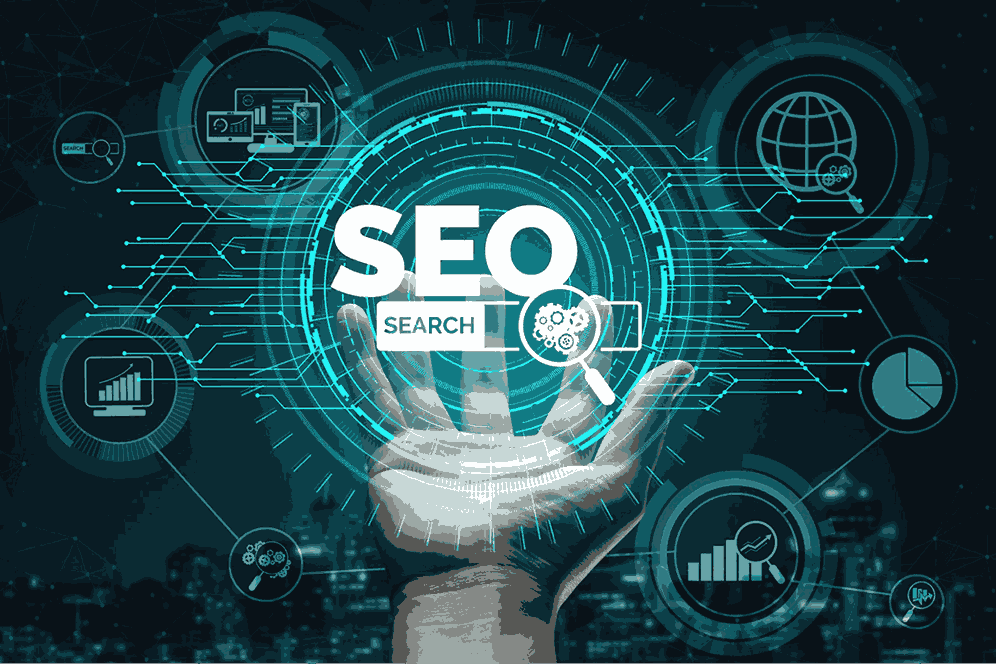
Optimize the site to rank as high as possible in the organic search results of a search engine. However, it works most directly to align the digital presence with the search engine algorithms, assisting findability by the user looking for relevant information.
Most people searching for their needs turn to Google or Bing, so ranking higher means having a better chance of claiming this valuable traffic.
So, the difference between Organic SEO vs Pay-Per-Click is that PPC requires paid ads for visibility, and SEO applies free, natural rankings.
Since most users will click results on the first page, getting an SEO approach for this whole process should be a worthwhile investment for long-term success in Search Engine Marketing vs PPC.
To effectively optimize a website, SEO is divided into four critical areas:
1. Keyword Analysis: Search for relevant and valuable search terms actively sought by users.
2. On-Page SEO: Optimizing content, site meta tags, and internal linking for better visibility.
3. Off-Page SEO: Building the site’s authority with external signals: backlinks and social engagement.
4. Technical SEO: Enhancing structure, speed, and mobile-friendliness is necessary for complying with search engines.
These four aspects give brands the power to rank for more terms, send more users to their websites, and impact the online world.
1. Keyword Analysis: Finding the Right Search Terms for Success
Any SEO approach starts with keyword analysis. Users expose their search requirements by entering words and phrases into search engines for products and information.
Customers will find the most appropriate audience when businesses select the correct keywords.
Companies must follow three keyword research steps: study popular search terms, check industry-level competitiveness, and recognize user intentions regarding their search choices.
Proper keyword research remains essential as the first SEO step. It allows even excellent content to find its target audience effectively.
2. On-Page SEO: Optimizing Content for Search Engines and Users
SEO optimization through on-page techniques allows web pages to obtain higher positions in search results.
Optimizing title tags, meta descriptions, headers, and internal linking structures will help search engines understand page relevance.
High-quality, informative content attracts and sustains users on a website because it keeps them on the platform.
Correct on-page SEO practices improve search rankings and site usability, helping readers quickly discover essential content on your website.
3. Off-Page SEO: Boosting Authority and Trust with External Signals
All efforts to build website credibility alongside authority happen away from the website through off-page SEO.
Link building is a critical off-page SEO technique. It generates backlinks from authorized sites, demonstrating to search engines that your website is trustworthy and valuable.
Various off-site SEO strategies incorporate social media engagement, branding mentions, and guest posts. Off-page SEO enhancement helps businesses enhance their search engine rankings, strengthening their industrial competition.
4. Technical SEO: Ensuring a Fast, Mobile-Friendly, and Secure Website
Technical SEO optimizes a website’s backend structure so search engines can efficiently crawl and index it.
A website should be optimized with improved speed and mobile accessibility while securing the site with HTTPS to address all broken links. The key to a better search engine position is websites offering quick service, easy navigation, and fast loading times.
When businesses ignore technical SEO improvements, their website performance will suffer despite delivering excellent content.
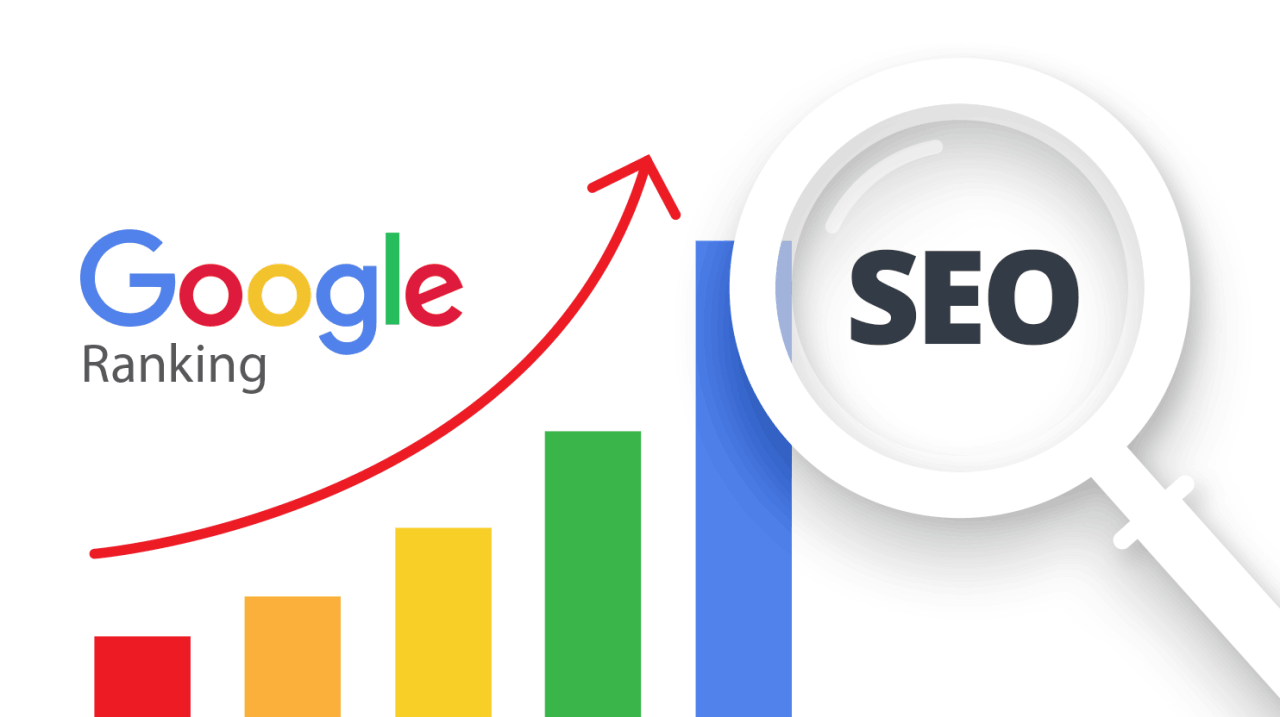
SEO Advantages
1. Cost-Effective for Long-Term Growth
Search engine optimization delivers continuous traffic free of charge, while paid advertising requires constant payment to maintain those ads.
Essential organic search traffic often sustains continuous website visits, one of the lowest-cost methods for creating profitable B2B leads and establishing lasting marketing results.
Search engine optimization begins with time and funding but produces enduring advantages, surpassing startup expenses.
2. Builds Trust and Credibility for Your Brand
Online users view high-ranking websites as authoritative and trustworthy. Organic search results receive more trust from users than paid advertisements; thus, SEO plays a fundamental role in developing brand credibility.
Markets dominated via search engine marketing and PPC campaigns with SEO prominence lead businesses to gain industry leadership positions that attract lifelong customers with enhanced market leadership.
3. Generates Consistent Traffic and Leads Over Time
Targeted organic traffic continues after the budget expires because SEO delivers permanent visibility. A website that achieves optimization will draw business visitors indefinitely and increase sales, whether companies operate ad campaigns or not. SEO is an essential tool because it enables consistent, long-term business expansion.
SEO Drawback
1. Takes Time to Deliver Results
One of the greatest disadvantages of SEO is that it requires patience. If we compare SEO Organic vs. PPC, PPC gives instant visibility via paid ads, while SEO, on the other hand, needs time to build authority and climb search rankings.
Depending on how competitive a keyword is, it can take many months before a website can expect to gain significant traffic; therefore, SEO might not fit businesses that need leads and conversions faster.
However, for people who think in the long term, SEO is one of the best marketing strategies.
What Is PPC? Understanding Pay-Per-Click Advertising
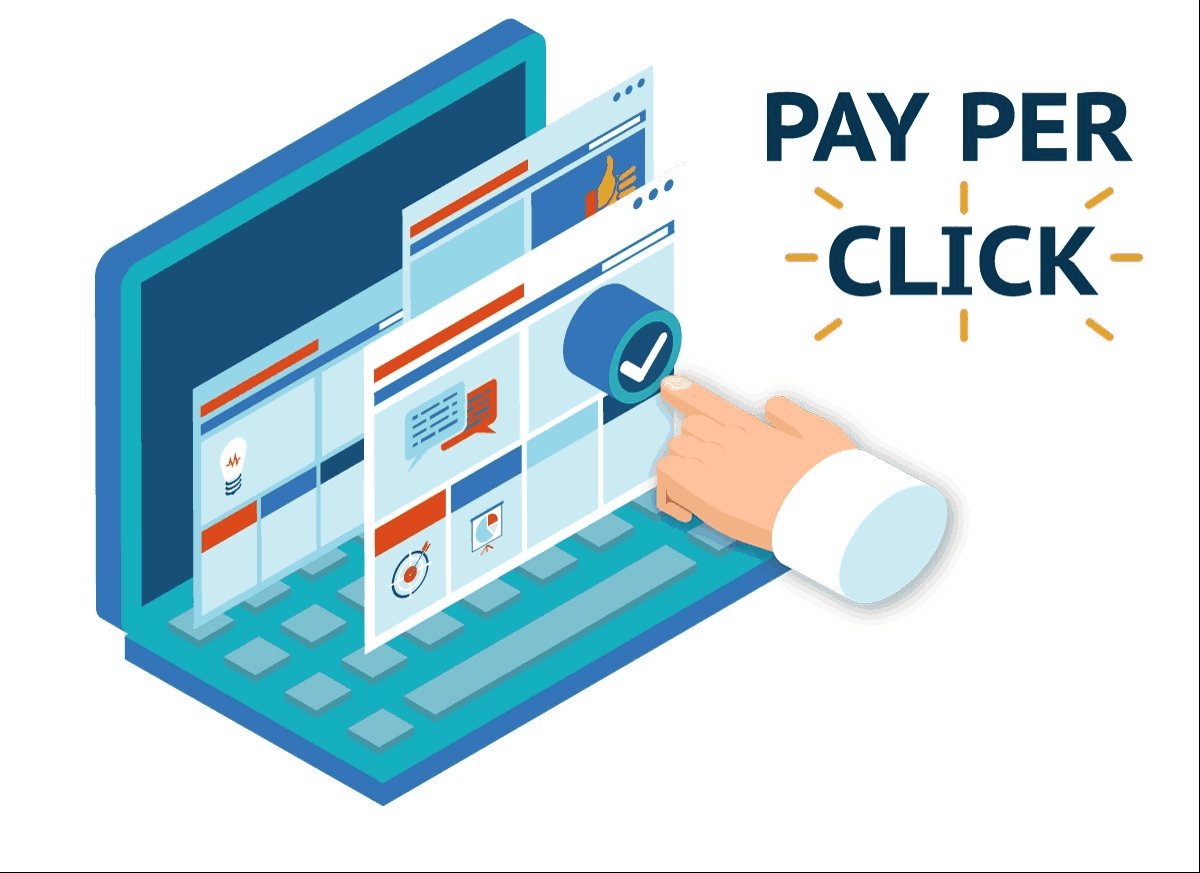
PPC, or Pay-Per-Click advertising, is a digital marketing method in which advertisers pay the publisher a certain amount of money every time someone clicks an advertisement.
When we compare PPC with SEO, it is a known fact that SEO works on organic rankings, but PPC positions your website on the very top of the Search Engine Results Page (SERP) via paid ads followed by such paid advertisements showing on top of organic searches with a tag that says sponsored, so users know that it is a paid placement.
PPC ranking depends upon many factors, such as bids on specific keywords, the quality score of the ads, and the relevance of landing pages. The higher the ad quality and keyword selection, the more you reduce your cost per click (CPC).
Since PPC vs Paid Search is often confused, it is essential to emphasize that paid search is a more generic term covering all strategies for paying for visibility on a search engine. At the same time, PPC pertains very specifically to cost-per-click models.
A successful PPC advertising campaign requires a focus on four areas:
1. Keyword Analysis: Selecting keywords based on intent, competition, and cost.
2. Bid Optimization: Adjust your bid to minimize the money spent on ads while maximizing inventory.
3. Ad Development: Writing ads that attract clicks and leads.
4. Audience Targeting: Segmenting to get the right audience based on population, region, and behavior.
When these four areas are optimized, it allows the companies to manage a successful PPC advertising campaign, driving quality traffic to their website.
1. Keyword Analysis: Selecting High-Value Search Terms
A successful PPC campaign starts with thorough keyword analysis. Selecting keywords for advertising requires advertisers to research and identify search terms that align with business objectives and check their search volume alongside competition and cost-per-click values.
SEO keywords target long-term rankings, but PPC keywords select keywords that produce immediate traffic and conversion results because PPC does not follow the same SEO ranking approach.
The selection process enables businesses to receive maximum return on investment (ROI) from their advertising budget.
2. Bid Optimization: Maximizing Visibility Within Budget
How much does Google PPC cost? Your bidding strategy determines the cost of using Google PPC. Businesses that use PPC engage in keyword ad auctions by placing competitive bids.
Ad quality and bidding amounts determine the probability of being displayed at the top of search results pages. Excessive bid increases will cause advertising costs to rise unnecessarily.
The bid optimization process requires adjusting ad prices according to competitor behaviors, click-through rate performance, and conversion statistics to deliver the highest possible outcomes at cost-efficient levels.
3. Ad Development: Crafting High-Performing Advertisements
Successful advertisements depend on effective writing techniques to attract users. The text of PPC advertisements needs compelling headings, detailed descriptions, and powerful calls to action (CTAs) to drive users to click.
Because PPC ads operate with a restricted character limit, advertisers must prioritize perfect ad copy creation.
Testing alternative advertisement designs with A/B testing helps identify which ads generate the best response rates for target market audiences to enhance advertising results.
4. Audience Targeting: Reaching the Right Customers
Advanced audience targeting is one essential benefit PPC provides, which SEO cannot offer. PPC provides advertisers with targeted audience selection through features that let them define their audience by location and interests, gender search behavior, and age.
PPC features allow businesses to re-target users who visited their website without converting using remarketing capabilities.
Businesses that segment their audience through smart methods achieve better relevance in advertising, increased conversion rates, and improved return on investment (ROI).
PPC Advantages
1. Immediate Visibility and Fast Results
PPC delivers instant visibility, which is a prominent benefit to users. Since PPC advertisements provide instant results, businesses choose them for speedy traffic generation and lead acquisition.
Businesses benefit greatly from PPC advertising because it provides immediate market exposure. This works perfectly for urgent marketing campaigns, new product rollouts, and seasonal advertisements that require instant visibility.
2. Measurable and Scalable Marketing Strategy
Companies using PPC advertising obtain instantaneous performance metrics, which allow them to monitor their spending and conversion data alongside click activities.
PPC platforms, such as Google Ads, provide precise performance data about ad operations, whereas SEO results remain difficult to evaluate.
The business community benefits from this data-driven method to enhance their ad campaigns while they increase effective content and reduce underperforming ads, which results in better PPC SEO integration and increased marketing success.
3. Targeted Advertising for Higher Conversion Rates
Businesses can maximize relevance through targeted advertising on PPC since it differs from the wide-ranging audience of organic SEO.
Through geotargeting, device targeting, and audience segmentation features, advertisers can guarantee that their ads are displayed to appropriate potential customers.
It presents a perfect advertising solution for organizations needing targeted audience delivery to reach locations precisely and to acquire business leads from business-to-business operations.
PPC Drawback
1. Requires Continuous Investment
PPC requires businesses to spend money to stay visible continuously. However, when budget funds are exhausted, PPC ads vanish completely, while SEO delivers enduring rankings that span months to years.
A disadvantage of PPC is its long-term expense because organic SEO offers superior value retention compared to Pay Per Click vs SEO cost. The decision between urgent traffic acquisition and consistent advertising spending requires business assessment.
SEO vs PPC. Which is better?
The answer to the PPC versus SEO comparison remains ambiguous for every situation. The two strategies serve as valid digital marketing approaches that each brings distinct advantages to the table.
SEO enables enduring business expansion through natural visibility, but PPC provides immediate website traffic and tailored audience targeting.
A business should not treat SEO and PPC like competitors since these tools support different marketing goals.
The best digital marketing strategy will depend on your business’s goals, financial constraints, time requirements, and marketplace competition.
Certain business conditions require SEO because it delivers better returns, but PPC proves superior in alternative situations. Several business scenarios exist where one strategy performs better than the other.
1. Launching an Innovative Product or Service?
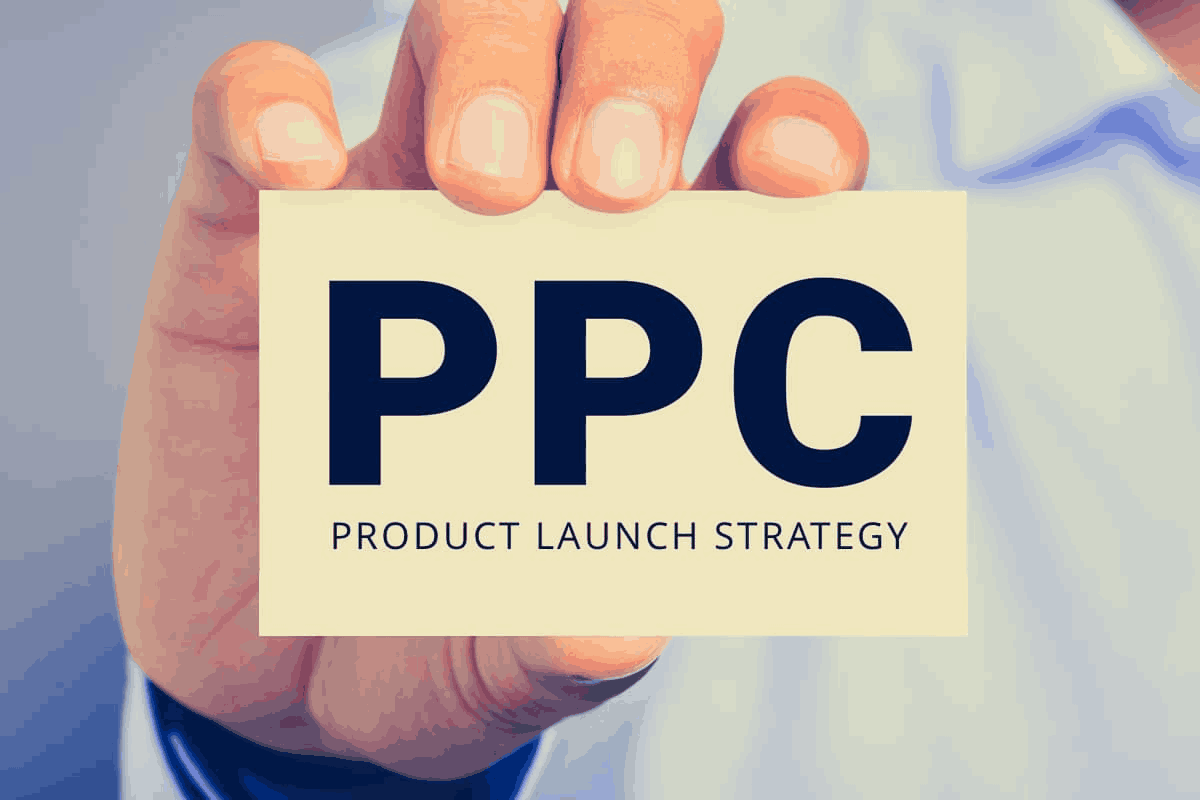
SEO vs Google ads, which is better for a new disruptive product with minimal current search interest? When launching a new and disruptive product, choosing between Google Ads (PPC) and SEO requires careful evaluation.
Organic traffic through SEO becomes challenging because the approach needs search demand to function effectively.
You should implement Google and social media PPC ads to develop awareness while educating prospective customers about your product.
2. Running a Limited-Time Promotion or Product Launch?
SEO requires patience because you must wait months to observe your results. Time-sensitive product launches, holiday sales, or temporary events require immediate traffic delivery beyond waiting for SEO rankings.
PPC advertising provides instant access to target customers and fast conversion opportunities, which benefits businesses.
So, the time-limited nature of your offers receives the necessary visibility through PPC advertising to attract customers at the right moment.
3. Creating Informational Content?
SEO is a wiser online marketing practice for the TOFU keywords. Clients can also use PPC to find information rather than make purchases.
The ad response to such queries is expensive as most searchers do not convert. Instead, the best way to harness for entrepreneurs is by investing efforts in capturing interest at the early stages with lead nurturing over time, which eventually results in becoming industry leaders.
4. Promoting Commercial Content?
People are less likely to network about, link to, and share commercial content such as landing pages, product pages, and sales copy. Organic backlink-and-share-driven SEO makes it challenging to rank commercial pages organically.
If you aim to drive immediate traffic and sales, PPC is the direct way to direct users to your landing pages without waiting for SEO rankings to build up over time.
5. Operating on a Tight Budget?
Investing in SEO and publishing substantial content for free is best if your business runs on a low or nonexistent marketing budget. SEO is the only solution for creating brand awareness and attracting consistent traffic over time, or, in other words, a slow but continuous effort.
Indeed, SEO requires effort and patience but pays off in the long term by providing stable organic traffic without repeatedly spending money on paid advertising.
Businesses with fewer funds should include SEO in their plans and only consider using PPC once they can afford the paid campaigns.
6. Flipping Websites for Profit?
Website Investors particularly like sites that demonstrate organic traffic because it is more reliable and cost-effective than paid traffic.
If you plan to sell that website, optimizing it using proper SEO, creating content, and developing traffic organically can significantly increase its value.
Unlike PPC, where traffic stops after ad spending is paused, SEO provides long-lasting stability, making the website a more attractive asset to buyers.
SEO and PPC: A Powerful Combination for Maximum Results
Businesses that excel do not pick one over the other but use both SEO and PPC methods since they support each other.
SEO establishes long-term natural traffic, while PPC grants immediate visibility, which leads to quicker conversion rates. There is no point in choosing one channel over another since both SEO and PPC working together leads to business expansion.
Your business can reach maximum results through SEO and PPC integration by increasing reach and qualified leads and raising brand awareness metrics.
Here’s how you can effectively combine these strategies for the best results.
1. Use PPC Ads to Promote Your Content and Boost Visibility
Quality content is vital in SEO practices, yet gaining traction requires patience. Without viewership, your content’s work is pointless.
SEO uses PPC as an essential element within its framework. Google Ads and social media ads help your content reach more of your target audience, as SEO requires time to build an organic presence.
A comprehensive industry guide stands to gain leads through PPC ads, which display it to your target audience instead of waiting for organic search rankings.
2. Target the Keywords Your Competitors Are Bidding On
PPC advertising lets you view which keywords your competitors use for paid advertising and design direct competitive strategies. Competitors who use ads for specific keywords demonstrate that those search terms lead to conversions.
This strategic information allows you to develop a plan as follows:
1. Using the exact keywords in PPC advertisements will draw potential customers to your business.
2. Your SEO efforts should focus on the exact keywords for organic ranking because this approach will decrease your future dependence on paid advertisements.
3. Enhance your advertisement texts and website pages to dominate competitors during their paid search efforts.
4. The method enables businesses to harvest market demand and establish successful search competition.
Frequently Asked Questions
Pay Per Click vs SEO: Which One Should You Choose?
Your business must evaluate three key aspects: goals, budget, and timeline, before selecting between Pay-per-Click (PPC) and SEO.
Organic traffic through SEO develops gradually as a free approach that doesn’t involve spending money on each click. The PPC model generates immediate visibility, although you need to spend money because it costs you per click.
The search results required by urgent campaigns make PPC the perfect solution. However, SEO is better if you want sustainable, cost-effective traffic.
Cost Per Click vs. Cost Per Impression: Which is Better?
The advertising pricing structure consists of cost per click (CPC) and cost per impression (CPM).
CPM creates brand visibility through its cost structure based on 1,000 impression views without providing particular user interaction.
CPC provides advertisers with payment only after someone engages with their ad through a click, delivering performance-based results.
CPM is the optimal choice if you want to gain visibility. However, CPC provides superior conversion results compared to CPM.
What is the difference between SEO and PPC CTR?
The primary distinction between SEO and PPC CTR (Click-Through Rate) is the sources of traffic they generate.
The users who perform organic searches and click links to visit websites belong to SEO CTR.
The CTR from PPC originates from paid search ads located primarily at the top positions of SERPs.
Search Engine Optimization delivers cost-free clicks for building lasting authority, while Pay-Per-Click delivers instantaneous visibility through paid clicks.
Paid Search vs PPC: Are They the Same?
Paid search and PPC are often used synonymously. They are, however, different in a direct sense.
Paid Search refers to all advertisements on search engine results pages (SERPs), including text and shopping ads.
It is a pricing model under Paid Search in that advertisers must pay only when they click on their ad. So, while all PPC ads are Paid Search subtypes, not all are PPC.
Cost Per Click vs. Cost Per Conversion: What’s the Difference?
Cost Per Click (CPC) indicates how much money you pay for each click on an ad, regardless of whether the user converts.
Cost Per Conversion, or Cost Per Action (CPA), refers to the amount you pay to complete each action, such as purchasing, signing up, or downloading something. Conversions drive revenue.
Therefore, advertisers prioritize Cost Per Conversion over optioning through the general Cost Per Click for better ROI.
PPC vs SEO Salary: Which Pays More?
Both SEO and PPC are important for salaries in digital marketing. However, PPC specialists earn more than SEO ones simply because they have a budget for advertising that needs to measure bidding strategy and its paid campaigns directly impacting revenue.
On the other hand, SEO has long been synonymous with organic traffic. It is very cost-effective but slow.
SEO is for the business’s extended value, while PPC is paid initially. Thus, they are valuable both quite differently.
SEO vs. SEM: Which One is Paid?
The main distinction between SEO and SEM rests in their financial requirements. Audiences can reach businesses automatically without charge through Search Engine Optimization (SEO) because it strives to achieve organic search rankings.
Businesses use SEM (Search Engine Marketing) to run paid advertising through Google Ads to attain top positions in search results.
SEO delivers long-term, affordable benefits but requires a time investment, whereas SEM offers immediate outcomes that depend on continuous advertising funding.
Final Words: Should You Invest in SEO, PPC, or Both?
Opting between Pay Per Click vs SEO mainly depends on business needs, targets, and campaign budgets. SEO is best for brand authority, a long-term strategy, and efficient traffic.
In that case, PPC may be used to gain fast visibility, generate leads, or conduct time-sensitive promotions.
However, combining both strategies, in many cases, will deliver the best results, using successful consumer-driven SEO for the long term and PPC for the quick impact needed.
